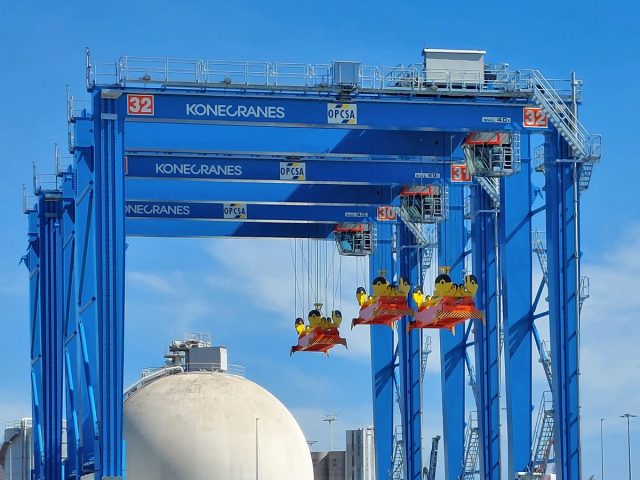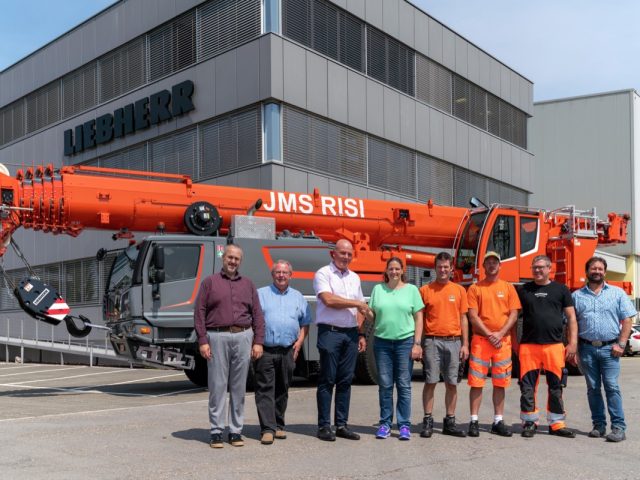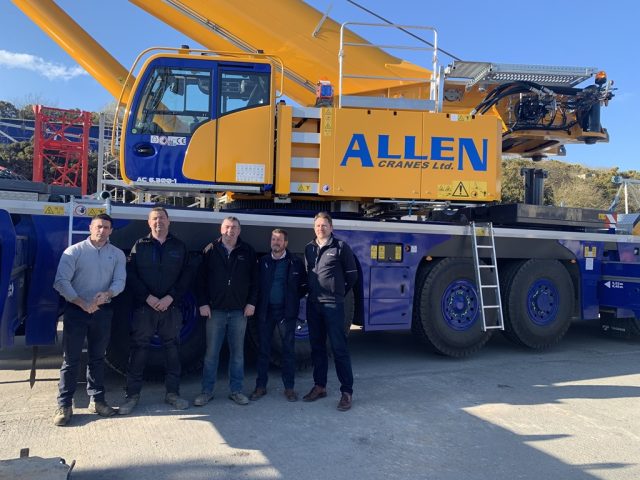The Georgia Ports Authority (GPA) in the USA has ordered 12 Konecranes RTGs for the Port of Savannah, Georgia. When these cranes are working, the Port of Savannah will operate a fleet of 234 Konecranes RTGs. Konecranes booked the order in Q3 2022, and the cranes will be delivered by the end of 2024.
The Georgia Ports Authority (GPA) owns and operates the Port of Savannah. Its Garden City Terminal is the fastest-growing container terminal in North America. The Port of Savannah already operates 198 Konecranes RTGs with another 24 on order, making it the largest RTG fleet in the USA. The current order will bring the fleet to 234 RTGs in Savannah. The GPA is experiencing significant growth, moving an all-time monthly high of 528,300 twenty-foot equivalent units (TEUs) in July.
GPA Executive Director Griff Lynch commented: “Our expansion program is proceeding well, and this order for 12 Konecranes RTGs will support our productivity and continuing growth. Konecranes is our go-to partner for container handling equipment and has been for over 25 years.”
Jussi Suhonen, VP, Regional Sales, Port Solutions, Konecranes said: “The Port of Savannah is an American success story for the state of Georgia and the entire USA. The Port of Savannah and Konecranes have been growing together in a mutually beneficial relationship, which continues with this RTG delivery.”
The 12 RTGs on order are diesel-electric machines with built-in readiness for electric operation via cable reels. They are high-performance, 16-wheel RTGs with a lifting capacity of 40 tons, a stacking height of 1-over-5, and a stacking width of 6 plus truck lanes wide. They will be equipped with Konecranes’ Active Load Control system, which prevents container sway. The Auto-steering feature is included, which keeps the cranes on a pre-programmed, straight driving path. Furthermore, they will have Konecranes’ TRUCONNECT® remote monitoring system.
A strong focus on customers and a commitment to business growth and continuous improvement make Konecranes a lifting industry leader. This is underpinned by investments in digitalization and technology, plus our work to make material flows more efficient with solutions that decarbonize the economy and advance circularity and safety.


















